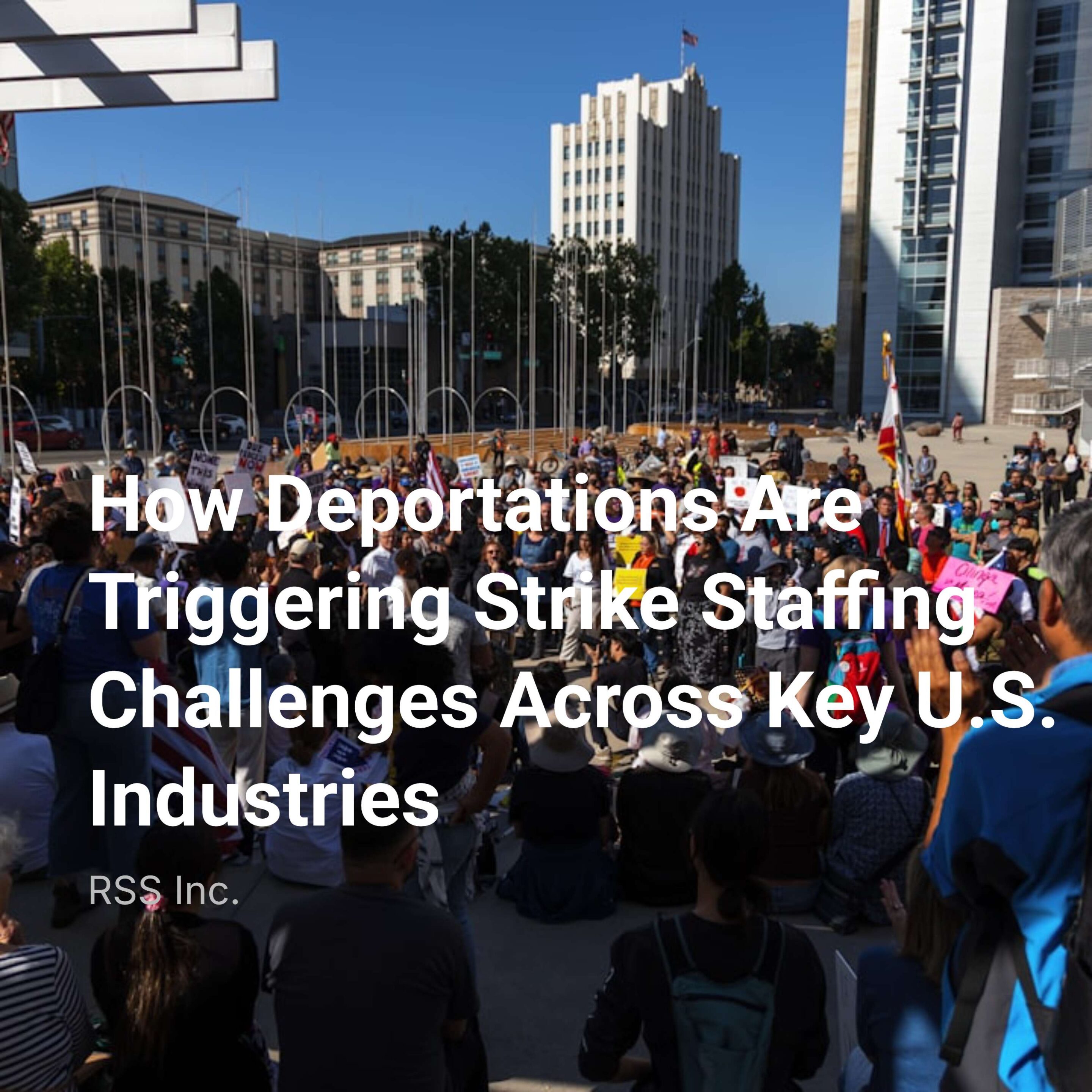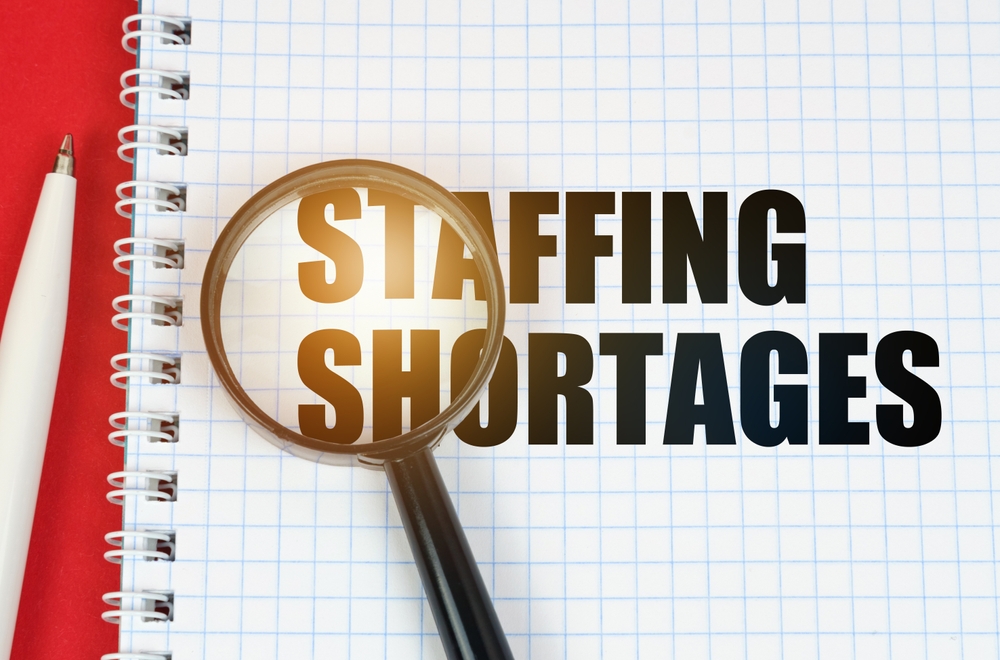Strikes and labor unrest are part of the industrial landscape, a powerful tool for workers to negotiate better terms and conditions. However, they can also lead to significant disruptions, safety concerns, and economic losses. To mitigate these risks and ensure security during such events, the concept of Strike Response Teams (SRTs) has emerged. These teams are specially trained units designed to provide immediate and effective security responses during strikes, ensuring the safety of personnel and property while maintaining order. This blog explores the necessity, formation, and operations of Strike Response Teams, highlighting their importance in modern labor-management relations.
In an increasingly volatile labor market, strikes and labor actions have become more common. The reasons range from wage disputes and working conditions to job security and benefits. While strikes are legal and legitimate, they can sometimes escalate into confrontations, property damage, and even violence. Businesses, therefore, need a strategy to protect their assets and ensure the safety of all parties involved. Strike Response Teams provide this strategic security solution.
The creation of an SRT involves several key steps:
Once formed, SRTs operate based on well-defined protocols:
The role of technology in enhancing the capabilities of Strike Response Teams (SRTs) cannot be overstated. With rapid advancements in surveillance, communication, and data analytics, SRTs are becoming more efficient and effective in handling labor unrest scenarios.
Modern SRTs employ advanced surveillance tools such as drones equipped with high-definition cameras and thermal imaging. These drones can monitor large areas in real-time, providing crucial intelligence about crowd movements and potential flashpoints. Additionally, fixed surveillance systems with facial recognition and automated threat detection algorithms help in identifying troublemakers and preventing incidents before they escalate.
Effective communication is vital during a strike, and technology has significantly improved this aspect for SRTs. Encrypted communication channels ensure that sensitive information remains secure, while mobile command centers equipped with satellite phones and radio systems provide uninterrupted connectivity. Real-time data sharing through cloud-based platforms enables SRT members to stay updated with the latest developments and coordinate their actions efficiently.
Data analytics plays a crucial role in pre-emptive strike management. By analyzing historical data on labor strikes, social media trends, and economic indicators, SRTs can predict potential strike actions and prepare accordingly. Predictive policing tools help in allocating resources more effectively, ensuring that the right personnel are deployed at the right time and place.
Effective strike management starts long before the first signs of unrest. Strategic planning and preparedness are essential components of a successful response. This section delves into the key aspects of planning and preparing for potential labor strikes, ensuring that Strike Response Teams (SRTs) are ready to act swiftly and efficiently when needed.
The first step in strategic planning is conducting a thorough risk assessment and analysis. This involves identifying potential risks and vulnerabilities within the organization that could lead to labor unrest. Factors such as employee dissatisfaction, pending contract negotiations, and industry trends are analyzed to gauge the likelihood of a strike.
A comprehensive strike management plan outlines the procedures and protocols to be followed during a strike. This plan is developed in collaboration with key stakeholders, including HR, legal, and security departments, to ensure a cohesive approach.
Preparing for a strike involves rigorous training and simulation exercises. These activities help SRT members hone their skills and prepare for real-world scenarios.
Collaborating with external experts can provide additional insights and resources for managing strikes. These experts include security consultants, labor relations specialists, and legal advisors.
Once a strike has been resolved, conducting a post-strike review is essential for assessing the effectiveness of the response and identifying areas for improvement.
The success of Strike Response Teams often hinges on their ability to collaborate effectively with local law enforcement and emergency services. This collaboration ensures a coordinated response that leverages the strengths of each entity.
Before a strike occurs, SRTs work closely with local law enforcement to develop joint operational plans. These plans include defining roles and responsibilities, establishing communication protocols, and conducting joint training exercises. Such coordination ensures that all parties are prepared to respond swiftly and effectively when a strike occurs.
During an active strike, SRTs and law enforcement agencies operate in tandem to maintain order. SRTs typically handle the immediate security of the site and personnel, while law enforcement manages broader public safety concerns and legal enforcement. Emergency services, such as medical teams, are also on standby to provide necessary assistance.
After a strike, it is essential to conduct debriefing sessions to review the response and identify areas for improvement. These sessions involve all stakeholders, including SRT members, law enforcement officers, and emergency service providers. The insights gained from these debriefings are invaluable for refining strategies and enhancing preparedness for future incidents.
Continuous training and development are critical to maintaining the effectiveness of Strike Response Teams. Training programs are designed to cover various aspects of strike management, ensuring that team members are well-equipped to handle diverse scenarios.
The initial training for SRT members includes physical security training, crowd control techniques, and conflict de-escalation strategies. Members also receive instruction in legal aspects of strikes and labor actions to ensure compliance with laws and regulations.
Advanced training focuses on specialized skills such as negotiation, psychological preparedness, and the use of advanced technology. SRT members participate in simulation exercises that mimic real-world strike scenarios, allowing them to practice their skills in a controlled environment.
To stay updated with the latest trends and best practices, SRT members engage in ongoing professional development. This includes attending workshops, seminars, and conferences related to labor relations, security management, and technology. Continuous learning ensures that SRTs remain adaptable and effective in the face of evolving threats.
The deployment of Strike Response Teams raises important ethical considerations and has significant implications for the community. Balancing security needs with respect for workers’ rights and community relations is crucial.
While ensuring security during strikes, it is essential to respect the rights of workers to assemble and protest. SRTs must operate within the bounds of the law, avoiding excessive force and ensuring that their actions do not infringe on civil liberties. Training in ethical response practices helps SRT members navigate these challenges.
Effective strike management requires the trust and support of the community. SRTs must engage in transparent communication with community leaders and stakeholders, explaining their role and actions. Building this trust helps in de-escalating tensions and fostering a collaborative environment.
The presence of SRTs during strikes can have long-term impacts on community relations. Positive interactions and effective conflict management can enhance the reputation of both the company and the SRT, leading to improved labor relations and community support. Conversely, mishandling of strike situations can lead to mistrust and long-term damage to relationships.
While SRTs offer numerous benefits, they also face challenges. These include the potential for escalation if not managed properly, high operational costs, and the need for continuous training to keep up with evolving threats.
Looking forward, the future of SRTs lies in technological advancements. The integration of drones, AI surveillance, and advanced communication tools can enhance their effectiveness. Moreover, ongoing training and development programs will ensure that SRTs are always prepared to handle new types of threats.
Strike Response Teams play a critical role in managing labor unrest and ensuring the safety of personnel and property. By leveraging advanced technology, collaborating with local authorities, and adhering to ethical standards, SRTs can effectively mitigate the risks associated with strikes. Continuous training and development ensure that these teams remain prepared to handle diverse scenarios, while a focus on community relations helps build trust and support. As the labor market continues to evolve, the importance of SRTs will only grow, making them an indispensable asset in modern labor-management relations.
Related Video (Strike Response Team)

The solar energy industry is entering an exciting new chapter as it moves closer to becoming one of the dominant forces in the global...

A Tectonic Shift in the American Labor Force The American labor market is facing a multifaceted crisis. At the intersection of aggressive deportation policies...

Understanding Strikes A strike is a temporary cessation of work initiated by employees to protest against their employer, usually due to disagreements over wages,...